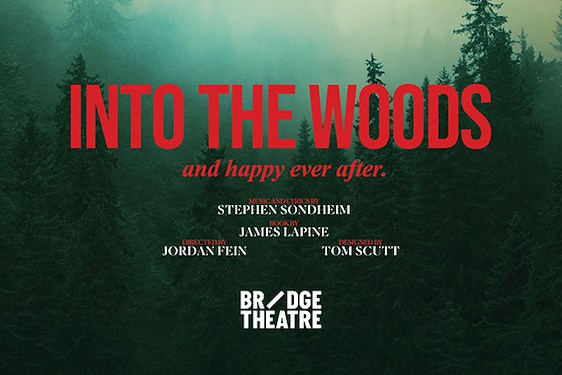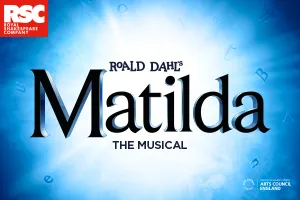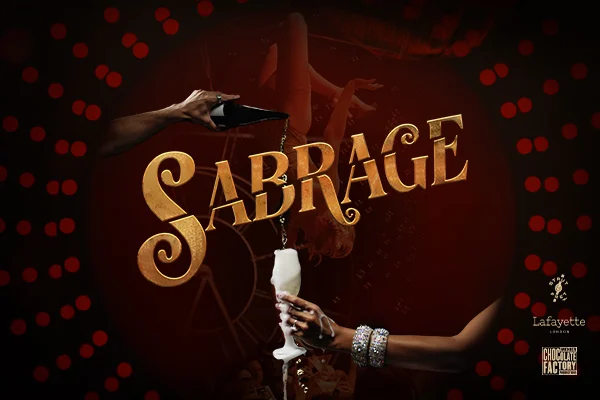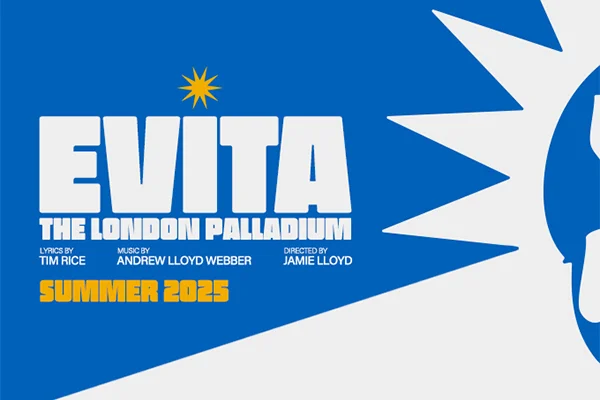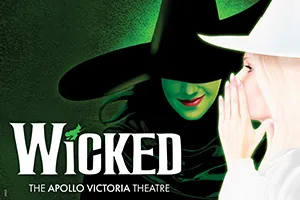Babushka’s tale is brought to life with a tatty cloth backdrop, wooden frames and props that litter the stage waiting to be used like playthings from a child’s toy box. The whole scene is very informal, creating a relaxed atmosphere with which to enjoy the forthcoming tale.Four storytellers enchant the audience with their fable of an old Russian widow who has spotted her husband in a painting, at the gallery she works at. Falling for it just as quickly as she did for him many years ago, she pursues the painting for herself and struggles to reawaken their love once again.Cambridge’s ADC brings to the Edinburgh Festival Fringe imaginative and fresh ideas, executed successfully from good ensemble work and authentic live music of the keyboard and violin. The constant swapping and sharing of characters between the storytellers achieves a performance that is captivating and well paced. This is contrasted nicely with the unbroken protagonist, the eponymous babushka, creating a charming dynamism between all the performers.Innovative use of recycled props from the storytellers’ own imagination successfully delivers special moments through simple means. All the more reason to appreciate the ensemble’s clever methods that create a sense of mystery and magic behind this tale.In fitting with the production’s feeling of a time gone by, there is a lovely use of lighting that almost transforms the babushka’s train journey into a scene from an early ‘talkie’ of the 1920s. However, the lighting was also too dark to see the performers’ faces in other sections, leaving the audience to momentarily fall out of the world that the storytellers had previously cast them into.The best points are the ensemble’s clever use of props, scene change and excellent chorus work through a captivating blend of live music and vocal work.Innovative work that fans of devised theatre like Kneehigh and Punchdrunk productions will relish.







